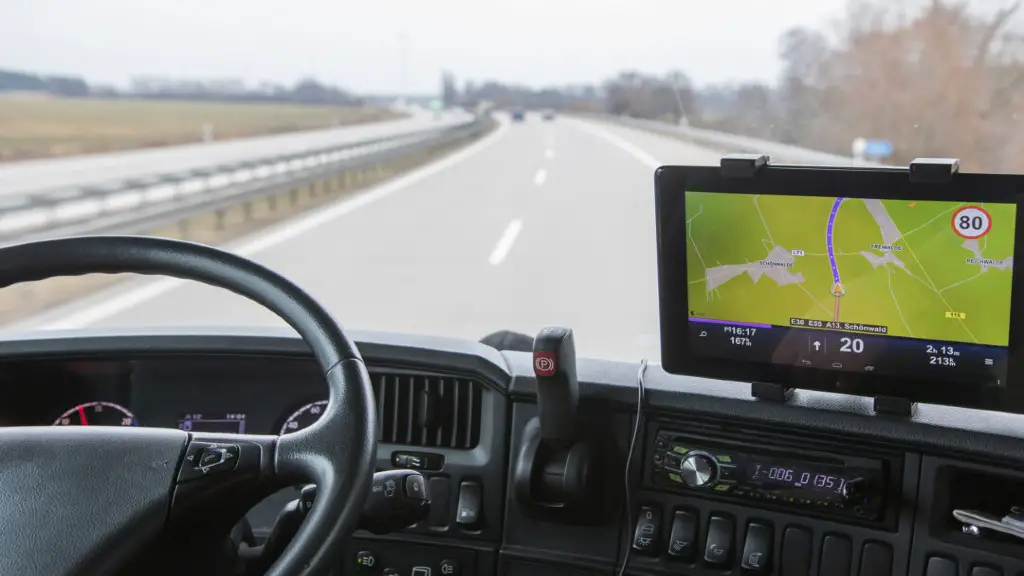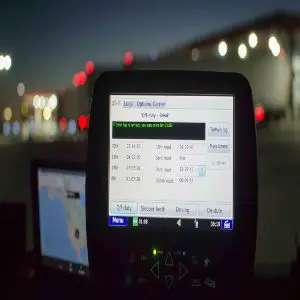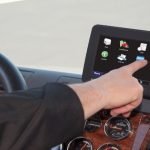
What is the ELD Mandate?
ELD mandate is an electronic logging device (ELD) rule with an intention to create a safer work environment for the drivers. ELD is connected to the vehicle’s ECM and automatically detects motion and log driving time. The ELD mandate is almost 500 pages long electronic logs mandate, made for the commercial drivers who are behind the wheel for hours. The most important highlights of the ELD mandate includes:
- Almost every driver is required to use the ELDs and there is no exception for the small fleets as well as independent drivers.
- The fleets which maintain paper logs must switch to the ELDs by December 2017.
- Fleets using the AOBRD version of electronic logs are relaxed till December 2019 to switch to the ELD mandate.
Timeline
 There is a specific timeline which is essential to be followed on the condition of the current log keeping practice.
There is a specific timeline which is essential to be followed on the condition of the current log keeping practice.
- It is mandatory for the drivers as well as fleets which are running paper logs to completely switch to the ELDs by December 18, 2017. This timeline is obligatory to be very strictly followed.
- Those drivers or agencies which are using the previous electronic regulations like AOBRDs for the recording of the logs can change their current status to ELD mandate update until December 16, 2019.
Benefits of ELD mandate and when is the ELD mandate good to use
ELD Mandate is highly beneficial for the truck drivers because it helps in saving time, money, and efforts of maintaining the logs of the hours of travel. Some of the significant benefits of ELD mandate are as following:
- It minimizes the administrative burden in which paperwork, and record of the vehicle’s movement are included.
- The efficient monitoring of the dashboard allows to identify the idling through which the drivers with too long idling time are identified. In this way, fuel wastage could be minimized.
- The ELD mandate is equipped with the efficient location tracking and better route management through GPS tracking. It enhances productivity as well as reduces distractions.
- The bad driving behaviors could be identified that involves excessive acceleration, hard braking, and hard cornering.
- Liabilities are reduced as well as automated IFTA calculation is performed.
Who Is Required To Install An ELD?
All the commercial drivers who are required to prepare as well as maintain hours-of-service (HOS) records of duty status (RODS). In addition, the commercial drivers who are required to travel beyond the 100 miles air mile radius are also required to install the ELD mandate on priority. The vehicles which are required to be monitored automatically and always also needs the ELD. These rules apply to all the domiciled drivers, commercial bus drivers and truck drivers.
Who is exempt of the ELD mandate?
With a few exceptions, everyone who have to maintain hours of service logs is required to start using the ELD mandate. The exceptions involve:
- The Short-haul drivers who perform their duty within a 100 (or 150 for non-CDL) air-mile radius are not required to keep a log. Instead of the ELD mandate, the timecards are preferred.
- The drivers who are supposed to keep the HOS logs for less than 8 days within the period of 30 days are also exempted from the ELD mandate. These are known as E log mandates.
- The vehicles which are driven as a product to be delivered would not be equipped with the ELD mandate.
How ELD work
 The main function of the ELD is the monitoring of the driver as well as the vehicle. The ELD mandate automatically as well as precisely records all the driving activities throughout the day. It is basically attached to the commercial motor vehicle (CMV) to synchronize with the engine and record vehicle movements. It gets connected to the engine and effectively collects information that includes the GPS tracking of the vehicle, its current state, and the ways of driving.
The main function of the ELD is the monitoring of the driver as well as the vehicle. The ELD mandate automatically as well as precisely records all the driving activities throughout the day. It is basically attached to the commercial motor vehicle (CMV) to synchronize with the engine and record vehicle movements. It gets connected to the engine and effectively collects information that includes the GPS tracking of the vehicle, its current state, and the ways of driving.
The drivers do not like the ELD mandate because it counts the driving time for the wages. The drivers explain that their waiting time for the loading or unloading of the shipment is wasted and it is not counted in the shift hours. Almost 63% of truck drivers have explained that they wait more than 3 hours on the shipping dock. The ELD continues its work and becomes a reason of hate among the drivers.
ELD malfunctions
The malfunction of any monitoring system can cause trouble in the relationship between the driver and the management. It is observed if there is any malfunction, it is required to be reported in the written form to the management. If the ELD mandate is not performing effectively, it is required that the driver must:
- Note down the malfunction details and provide this written note to the motor carrier within the next 24 hours.
- The reconstruction of the record of duty status (RODS) for the current 24 hours as well as the previous 7 consecutive days would be needed with an addition of the use of the electronic logging software that can be complied with 49 CFR 395.8. It is required only when the driver does not have records.
- ELD would be under maintenance and its malfunctioning is needed to be removed. Meanwhile, the driver is required to continue to record his or her hours of service on a paper log or any other electronic one.
Conclusion
In a nutshell, the ELD mandate is an integral part of the truck business and effectively helps the management to monitor their vehicles that are traveling around the country. Some significant changes that are observed due to the addition of the ELD mandate extension include curtailment of wastage of time, money and fuel, while mismanagement of the routes is also reduced. For the drivers who are maintaining the logs on the paper are required to switch to E-log mandate.
Initially, the drivers had issues with the management of the paper logs, but now everything is automatically managed. The drivers are needed to install the EDP for their safety and many other reasons. The working of the ELD is also straightforward. The malfunctioning of the ELD could be expected anytime and anywhere. It is effectively handled with the help of keeping manual logs on the manual basis.




